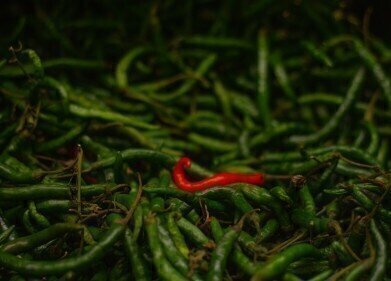Columns (GC)
What's the Most Commonly Used Gas Chromatography Detector?
Oct 27 2022
Detectors play a vital role in gas chromatography, detecting components as they’re eluted off the column from the sample. There are several different types of detector, each with their own benefits and certain drawbacks.
But which one is the most commonly used? Here’s the answer you’re looking for…
Flame ionization detector (FID)
A flame ionization detection is the most commonly used method for gas chromatography. Broadly speaking, the instrument is used to measure analytes within a gas stream.
It comprises a hydrogen flame, which heats the analyte to ionize it. When it loses an electron, the flame becomes more electrically conductive, which triggers a signal that’s measured by the detector.
How are flame ionization detectors used?
Because they can be used with any gas stream, flame ionization detectors aren’t just applied to gas chromatography. They can be used on their own for gas monitoring and measurement, including landfills and emissions monitoring. That said, gas chromatography systems are their most common accompaniment.
When an FID measures a chemical, it’s typically displayed in terms of methane. In other words, what quantity of methane would produce this response? The quantity of the chemical can then be calculated using the response factor of that chemical, based on its own elemental composition and the amount of current it produces.
Generally speaking, hydrocarbons’ response factors are the same as their molecule’s total carbon atoms. That’s because more carbon atoms equals a higher current.
FID pros and cons
Pros
As the most commonly used detector for gas chromatography, it’s no surprise that FIDs have numerous benefits. Firstly, there’s the cost – they are pretty low-cost both in terms of purchasing and ongoing operation.
When working with an FID, there’s no need for difficult maintenance either. The equipment simply needs cleaning and the FID jet needs replacing if it’s damaged in any way or can’t maintain a flame. Thankfully, said damage doesn’t occur often. FIDs are relatively sturdy and durable.
Finally, they have a good range for both detection and linearity. As such, FIDs can be used to measure very low and very high levels of inorganic substances.
Cons
All that said, they do have some disadvantages too. First and foremost, FIDs are destructive detectors. That means they transform the column effluent, in this case by burning it. As such, they can’t be used for preparatory work.
On top of that, FIDs can’t detect inorganic substances like carbon monoxide and carbon dioxide. However, those substances can sometimes be detected using a methanizer, which reduces them to methane, allowing the FID to detect them.
More on flame ionization detectors
Want to read about FID in action? The article ‘Group-Type Analysis in Jet Fuel and Diesel by Flow Modulated GCxGC-FID’ discusses the use of gas chromatography with flame ionization detection for fuel analysis.
Digital Edition
Chromatography Today - Buyers' Guide 2022
October 2023
In This Edition Modern & Practical Applications - Accelerating ADC Development with Mass Spectrometry - Implementing High-Resolution Ion Mobility into Peptide Mapping Workflows Chromatogr...
View all digital editions
Events
Nov 12 2024 Tel Aviv, Israel
Nov 18 2024 Shanghai, China
Nov 18 2024 Plainsboro, NJ, USA
Nov 20 2024 Karachi, Pakistan
Feb 03 2025 Dubai, UAE














